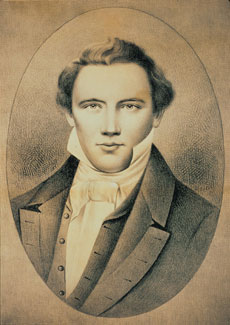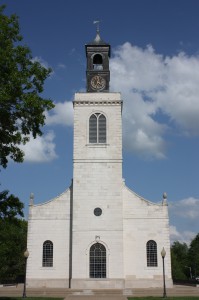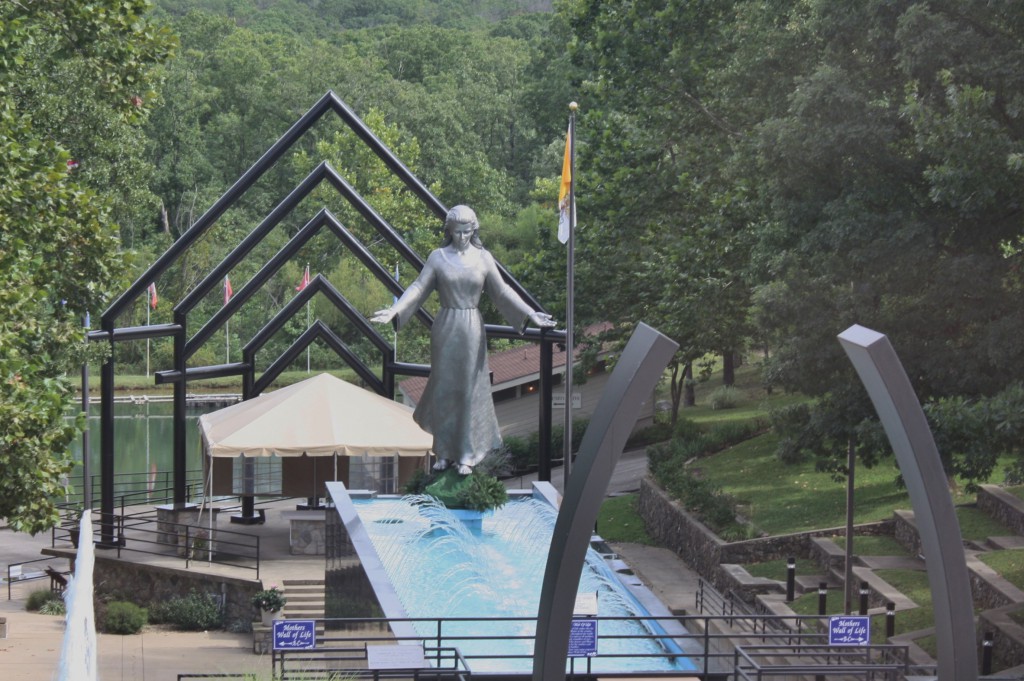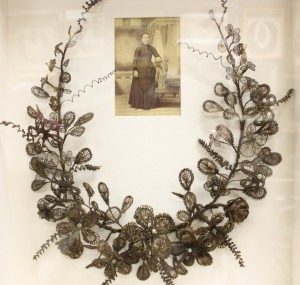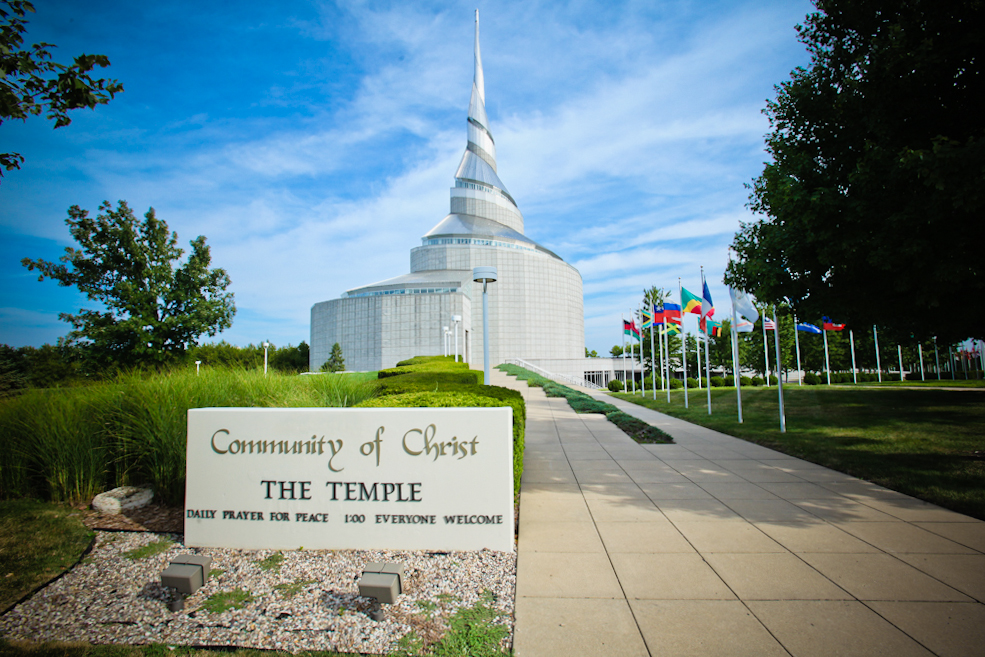
Today I want to tell you about a holy city that’s probably not on your list of major religious sites: Independence, Missouri.
Yes, Independence, the town that is most famous for its connection to President Harry Truman. But there’s a lot of spiritual history in this part of Missouri, including a building that’s one of the most remarkable religious structures I’ve ever visited.
Independence’s religious heritage is intertwined with the story of Joseph Smith, Jr., the prophet who received a series of visions in upstate New York in the 1820s that led him to found the Latter Day Saint movement. Smith sent missionaries to Independence in 1831, a time when the town was a rough and rowdy outfitting post for pioneers headed west on the Santa Fe Trail. Within a short time hundreds of Mormons had settled in the area, building homes and establishing businesses. Smith declared Independence to be Zion, the city of God, and placed stone markers dedicating a site for a future temple.
Economic, social and religious differences ignited conflict between the Mormons and other community members. Tensions also arose over the issue of slavery, as many in the area were southern sympathizers while the newcomers hailed primarily from the north. In 1833 armed conflict broke out. The Mormon settlers moved north across the Missouri River, and then in 1835 established new headquarters in Nauvoo, Illinois.
The Latter Day Saints split into several groups after the death of Joseph Smith, Jr. in 1844. While the largest contingent went to Utah under the leadership of Brigham Young and became the Church of Jesus Christ of Latter-Day Saints (LDS), a smaller group eventually coalesced under the leadership of Smith’s eldest son, Joseph Smith III. They established their headquarters in Independence, returning to the spot once designated as Zion by their founding prophet.
In Independence I was pleased to learn more about this denomination, once called the Reorganized Church of Jesus Christ of Latter-Day Saints but now known as the Community of Christ (a change made in 2000 to better reflect the group’s theology and mission). Think of them as a smaller, more liberal version of the LDS Church. They allow women to be ordained, unlike the LDS Church, and have a theology similar to many mainline Protestant denominations. They place a particular emphasis on peacemaking and justice and number about 250,000 members spread across more than 50 countries.
Independence is thus a pilgrimage site for these two spiritual cousins. On my visit I was intrigued to see how the two branches of the Latter Day Saints faith intertwine here. The Independence Mormon Visitor Center is located just across from the Community of Christ Temple, for example, and people of both denominations visit the other’s landmarks. It’s heartening to see how religious differences can enhance a community, rather than divide it.
Independence is a major site on the pilgrimage trail for the LDS Church, attracting members who wish to trace the early history of their church and the wanderings of its first members from New York to Utah. As in Salt Lake City, I was struck by how the persecution and hardship endured by the Mormons in their early years helped form them into a strong and committed group (the thought crossed my mind, in fact, that perhaps my own Episcopal denomination could benefit from some old-fashioned oppression).
One place in particular should be on your list to visit if you’re ever in the area: the Community of Christ Temple, one of the most remarkable religious structures I’ve ever visited. Dedicated in 1994 to peace, reconciliation and healing of the spirit, it was designed by architect Gyo Obata. Its tall, swirling stainless steel spire is visible from throughout Independence.
Tours begin in the temple’s Meditation Chapel, a serene room overlooking a Japanese-style garden, and continue up the Worshippers Path that leads to the main sanctuary. The entryway is made of cut-glass designs symbolizing the forest grove in Palmyra, New York,where Joseph Smith, Jr. had the first revelation that led him to found a new church. From there the Worshippers Path winds upward, passing by works of art that include a granite sculpture with a scene from the story of the Prodigal Son, a Tree of Life sculpture symbolizing diversity, and a granite pool designed to evoke the overflowing love of God, the waters of baptism, and the spiritual water that is available to all.
Once you enter the sanctuary itself, the first thing you need to do is look up—way up. The spire above rises to nearly 200 feet, a spiraling curve that mirrors the shape of a nautilus shell. It’s really quite marvelous, sweeping upwards in great circles so that your eyes seem like they’re peering into infinity. I’ve never seen anything quite like it.
I didn’t get the chance to attend a service in the temple, but I did the next best thing: I lay down in a pew and gazed upward, losing myself in the spiral that seemed to lead into heaven. Would that all churches had such steeples!
(I have more detailed information about religious landmarks in Independence here.)
